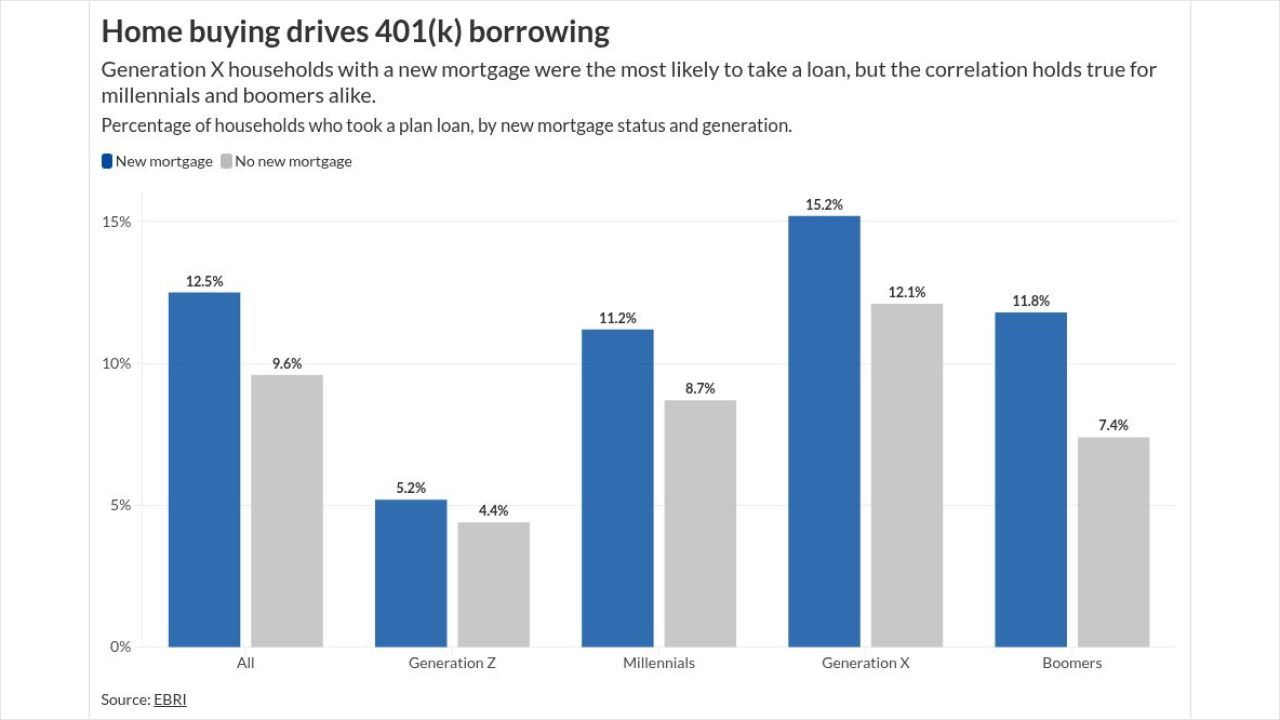Advisors who favor dividend-paying stocks for client portfolios have reason to be pleased with this year's activity.
There were 1,774 positive dividend actions -- a list that includes increases, initiations, resumptions and extras -- in the first half of 2014, according to S&P Dow Jones Indices. That's the most in a first half since 1979, when there were 1,910 positive actions. What's more, positive dividend actions were up 15.6% from the first half of last year.
By contrast, negative dividend actions -- decreases and omissions -- fell to 159 in the first six months of this year from 204 in the same period in 2013. (The data are for all domestic common stocks -- roughly 10,000 issues.)
The weighted yield for the broad U.S. stock market at the end of the first half was 2.44%, which compares favorably with Treasuries and bank CDs. The comparison is even better when you factor in the preferential tax rate for dividends.

SITTING ON CASH
Yet companies are still sitting on cash. Non-financial companies in the S&P 500 index, for which more information is available, are currently sitting on $1.2 trillion in cash and short-term securities.
Yet companies in the index paid out about 37% of their earnings in dividends in this year's first quarter -- well below the historical average of 52% since 1936 -- and preliminary figures indicate that the second-quarter payout ratio will decline.
Corporate boards have five basic choices when it comes to cash on their balance sheets:
- They can sit on it. Although $1.2 trillion indicates a lot of sitting, cash is actually down slightly from $1.3 trillion at the end of last year.
- They can increase capital spending. This option has been less attractive in recent years, as the sluggish recovery has tempered demand.
- They can initiate or increase dividends. The 35-year high in broad market positive dividend actions shows some progress in this area, although the relatively low payout ratio says that corporations could be doing more.
- They can buy another company. Merger and acquisition activity has ticked up recently, but managements are not likely to go on a wild buying spree. Nobody wants to be responsible for the next AOL-Time Warner or Sears-Kmart.
- They can
buy back their own shares . Indeed, this has been the preferred option for many cash-rich U.S. corporations. In 2013, companies in the S&P 500 spent $475.6 billion to buy back their own stock vs. $311.8 billion to send cash dividends to shareholders. And the disparity appears to be getting larger. In the first quarter, dividends amounted to $82 billion, while the preliminary buyback total -- not all companies have reported -- is $159.3 billion.
SHARE BUYBACKS
Why do corporations like share buybacks? One reason: Reducing the number of shares outstanding can make even modest earnings growth look very good on a per-share basis. This is not insignificant in a world where bonuses often depend on meeting specific targets for per-share earnings growth.
But share repurchases don't always reduce the overall count; they are often used to offset shares issued to satisfy exercised options.
That's not to say that buybacks can't benefit investors. Last year, the PowerShares Buyback Achievers ETF (PKW), which invests in U.S. companies that have repurchased at least 5% of their shares in the preceding 12 months, gained 45.6%. That's well above the 28.9% gain for the Vanguard Dividend Appreciation ETF (VIG), which is the most popular dividend strategy ETF.
For the first six months of this year, the funds are neck and neck -- but both trail the S&P 500.
No strategy works all the time, but at least cash dividends allow the investor to decide whether to reinvest.
Read more:





